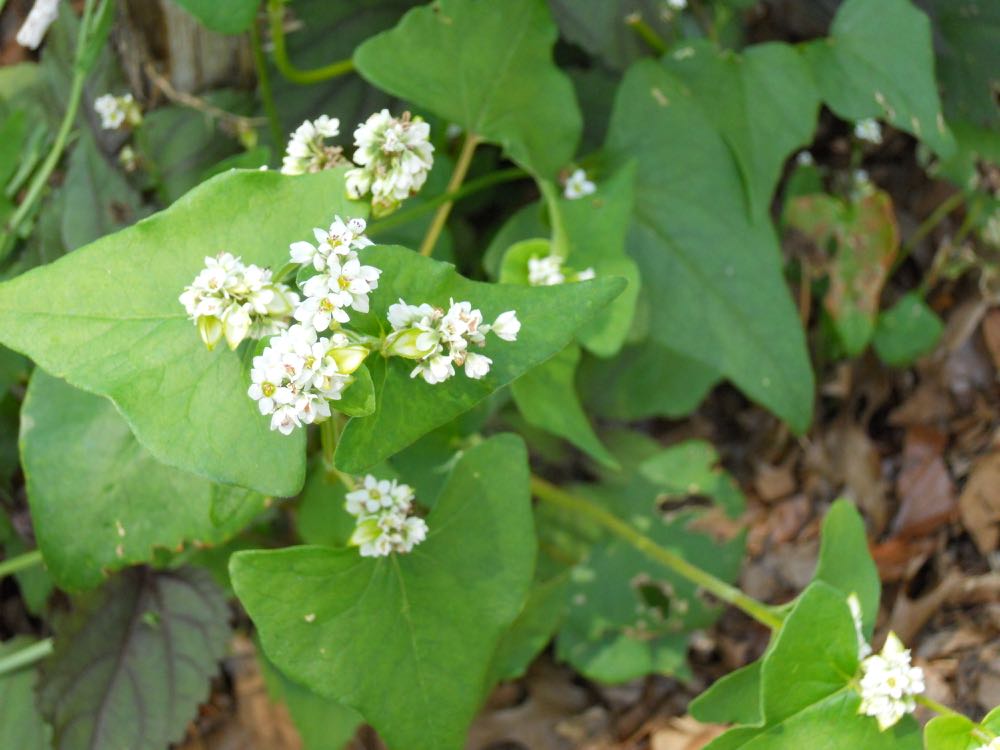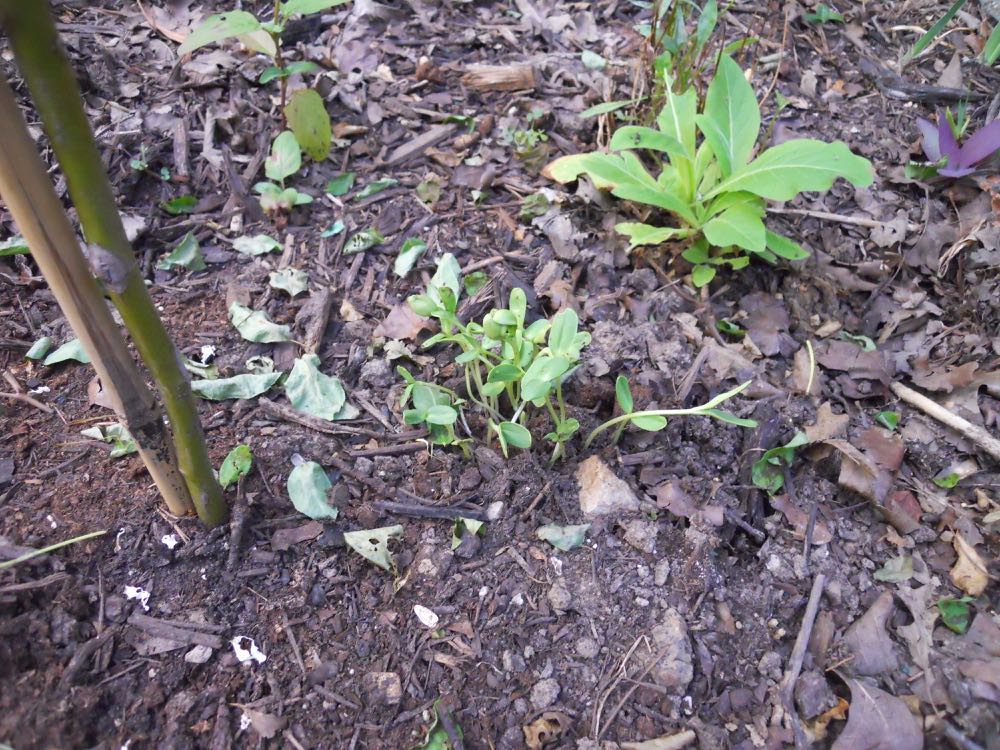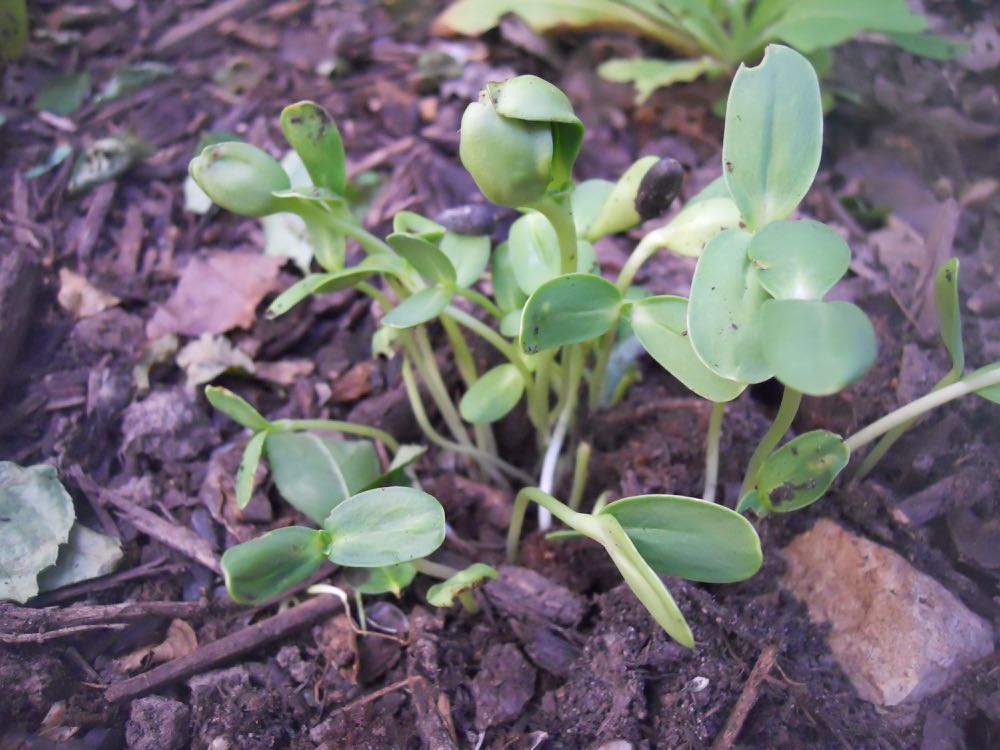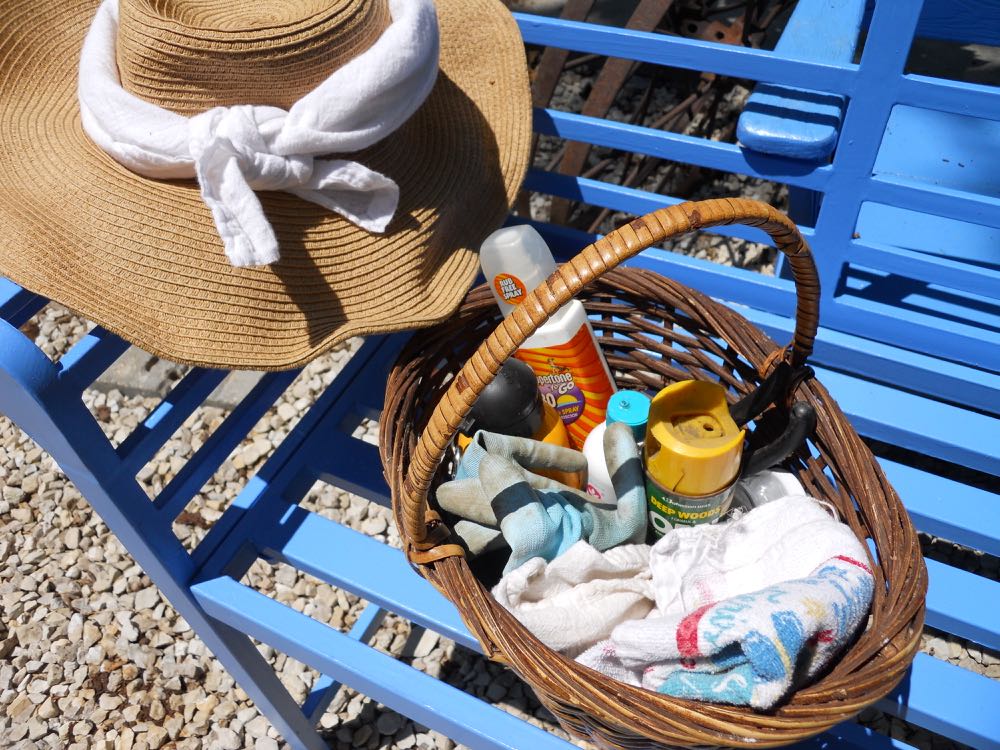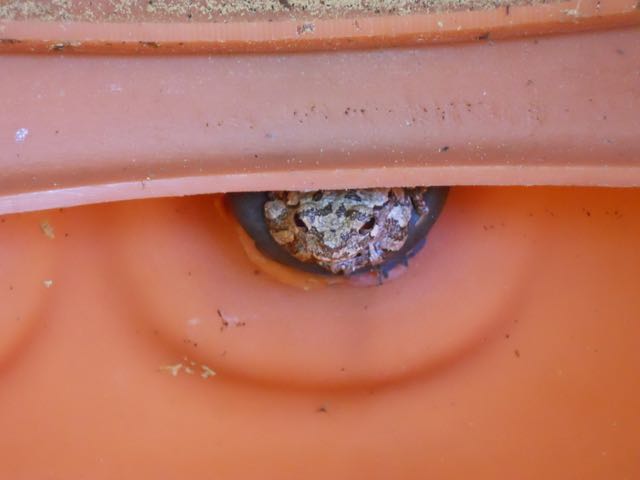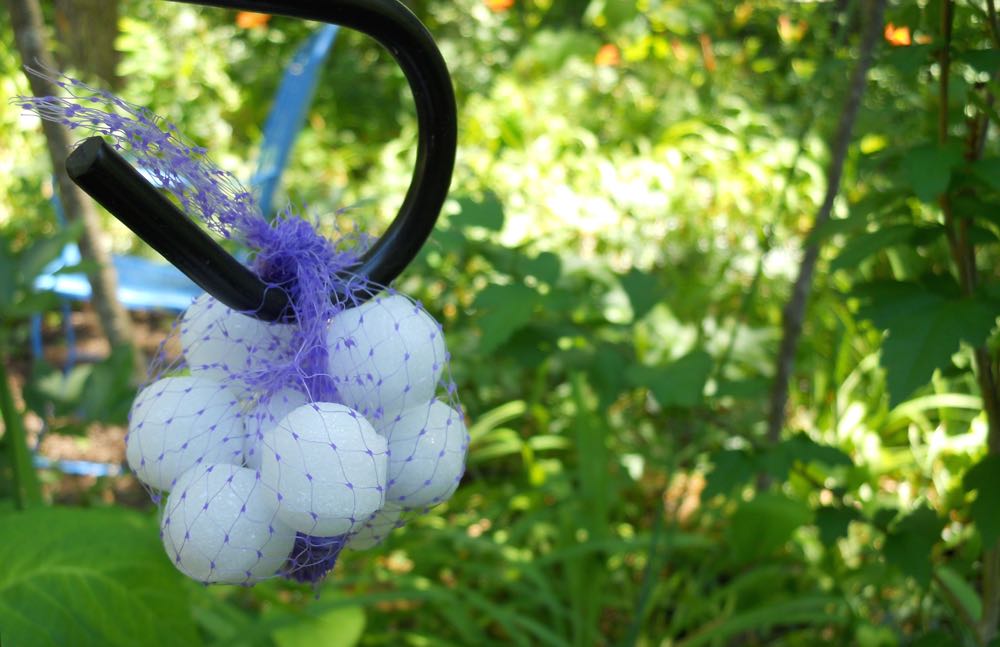Deer Me!
I was meeting friends for dinner when one turned with a distressed look on her face. They ate all of my garden flowers, my whole garden, she greeted me, her hands moving through the air in circles as if she could push the image of her missing vegetable garden away. Not a terrible surprise since she said she has fed these deer since they were fawns.
That’s the first challenge trying to strike a balance between having wildlife close by and a garden. As more of their native habitat is developed for human use, and weather conditions such as drought make food supplies scarce, wildlife will compensate by finding other ways to get what they need, even if it means snacking on your prized hostas.
Eight Tips for Keeping Deer Out of Your Garden
To prevent deer from using your garden as a snacking spot, there are several things you can do:
1. Identify where their normal path areas are through your neighborhood. Deer will use the same paths so know where they tend to forage.
2. Don’t feed them, or at least don’t feed them close to your garden area.
3. When planning your plantings, place them in areas that have some protection from easy deer access. I have favorite herbs, tomatoes, peppers and cucumbers growing in pots on my deck, where deer can’t easily access them.
Deer-Resistent Plants
4. Plan plantings that don’t attract deer. Daffodils, for example, exude a toxin that repel most wildlife munching. Tulips, on the other hand, are a favorite spring deer treat.
Some other common garden flowers that are deer-resistant include ageratum, geranium, marigold, morning glory, nasturtium, salvia, snapdragon, Shasta daisy, canna, liatris, petunia, phlox, verbena, vinca and yarrow.
5. Deer don’t like pungent smells. Favorite recommendations for dispelling deer are bars of Irish Spring soap, either hanging in mesh bags around the garden or scattered around the garden edge. Other smells they don’t like include mint oil; cinnamon; garlic; hot peppers; citrus, and bundles of dog and human hair scattered around the garden edge.
Homemade Deer Repelling Spray
For an easy, homemade deer repelling spray, University of Missouri Extension David Trinklein, associate professor of Plant Sciences and State Floriculture specialist in the College of Agriculture, Food and Natural Resources at the University of Missouri, suggests a mixture of 20% whole eggs and 80% water, mixed well and sprayed liberally around the garden. Reapply monthly and after rain.
Keep Things Moving
6. Deer also don’t like moving objects. Whirlygigs, hanging mirrors and aluminum pans, even the old-fashioned scarecrow all work to keep deer at bay. The key is to move them around so deer won’t get used to them.
7. Small plant cages, netting and fences, including electric ones, are the next level of defense. When planning a fence, make sure it’s at least 8 feet high or deer will jump right over it.










